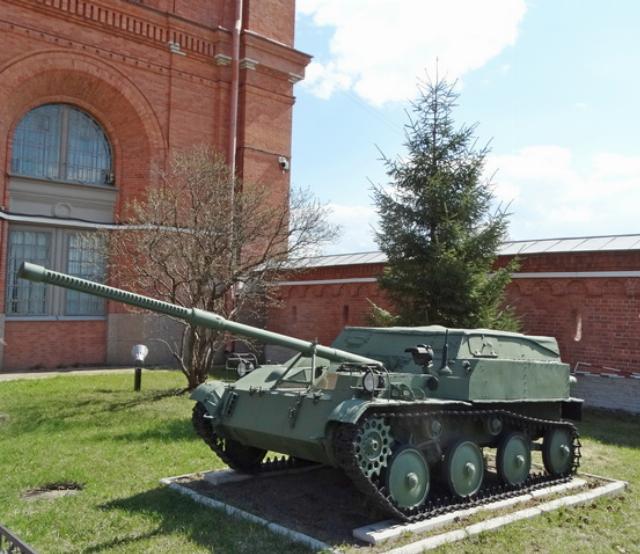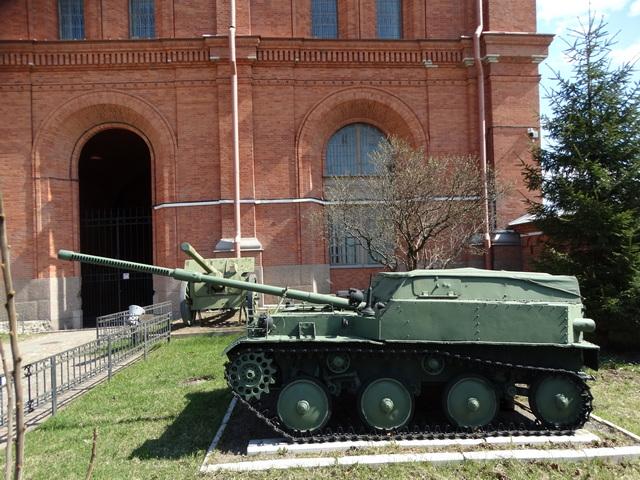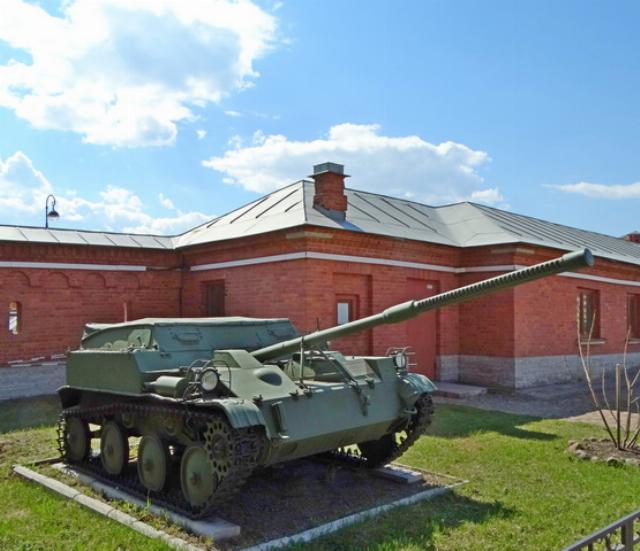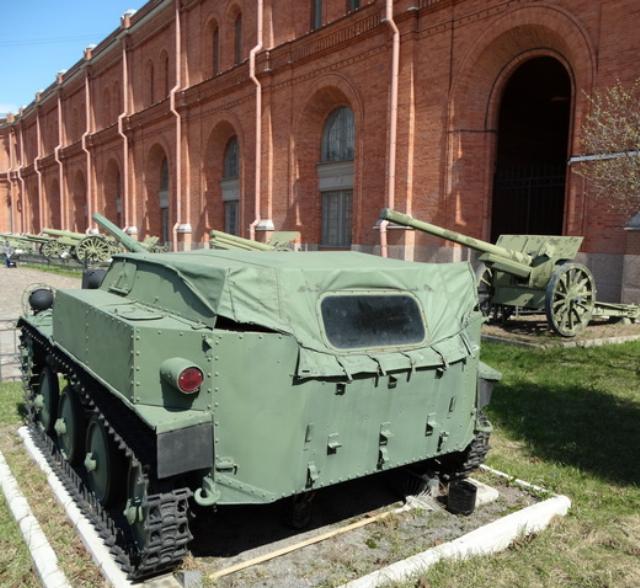
Image source: vestnik-rm.ru
Prior to the introduction of the 15-ton self-propelled artillery system ASU-85 into service with the Soviet airborne forces, airborne units were armed with a unique combat vehicle, the ASU-57. It was developed in the late 40s.
The engine was located in front, and a 57-mm cannon with 30 rounds of ammunition was used as an armament. According to its capabilities, it could hit the side projections of medium and heavy tanks in service in the 50s and 70s, as well as various armored vehicles, armored personnel carriers and other equipment.

Image source: vestnik-rm.ru
There was a 7.62 mm SGM machine gun on board. The armor is bulletproof.
The carburetor engine with a capacity of 56 hp allowed for a maximum speed of 45 km/h on the highway. The fuel reserve is 250 km. The machine overcame trenches up to 1.4 meters wide, the vertical obstacle was 0.5 m. The depth of the fords reached 0.7 meters.

Image source: vestnik-rm.ru
The combat weight is 3.35 tons. The crew consisted of three people.
The ASU-57 became one of the very first mass-produced amphibious self-propelled guns, its closest analogue, the German Wiesel, appeared only in the late 80s.
It was used to produce the ASU-57KSHM command and staff vehicle, armed with a SGMB machine gun.

Image source: vestnik-rm.ru
Self-propelled guns and KSM were used during the Soviet invasion of Czechoslovakia in 1968, and were also used by the Cubans during the battles with the Somali aggressors in Ethiopia in 1977.
The photo was taken at the Military Historical Museum of Artillery, Engineering and Communications Troops, St. Petersburg, April 28, 2024.
